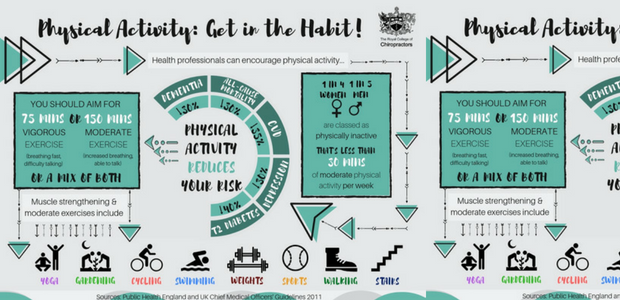Contrasting Acupuncture To Various Other Pain Administration Techniques
Contrasting Acupuncture To Various Other Pain Administration Techniques
Blog Article
why my back hurts -Tillman Valentine
When you consider discomfort monitoring alternatives, you might find yourself weighing the benefits and drawbacks of various methods, including acupuncture, non-prescription medications, and physical treatment. While lots of methods offer alleviation, they commonly come with their own collection of challenges, like negative effects or extensive treatment times. Acupuncture stands apart for its one-of-a-kind capacity to advertise self-regulation with fewer risks. Yet exactly how does its performance compare to more conventional approaches? The nuances of these strategies can dramatically impact your choices, and exploring them further might bring about shocking understandings.
Overview of Discomfort Management Techniques
When it involves managing pain, you have a selection of strategies available. These methods can range from traditional approaches to extra alternate treatments. Understanding your options is vital in locating what functions finest for you.
One typical strategy is over the counter medications like advil or acetaminophen, which can provide quick alleviation for light to moderate pain. Prescription medications, consisting of opioids, might be required for a lot more extreme discomfort, though they come with risks of dependence and negative effects.
Physical treatment is an additional efficient technique, focusing on exercises and stretches to reinforce muscle mass and improve wheelchair. does medicaid cover chiropractic care assists in taking care of chronic discomfort problems.
In addition, some people turn to even more holistic choices, such as massage treatment, which can ease tension and improve blood circulation.
Mind-body strategies, like mindfulness reflection or yoga exercise, help you handle discomfort by decreasing anxiety and boosting your mental strength.
Last but not least, lifestyle changes, such as preserving a healthy and balanced diet and normal exercise, can play an essential role in overall discomfort management. Each strategy has its advantages and disadvantages, so it's important to explore what suits your requirements and preferences best.
Benefits of Acupuncture
Acupuncture provides an unique strategy to pain administration that attracts attention among numerous techniques. By targeting particular points on your body, it stimulates the circulation of energy, or "qi," promoting natural healing and minimizing pain.
One of the most significant advantages is its marginal adverse effects. Unlike some drugs, which can bring about dependence or undesirable wellness problems, acupuncture is a holistic treatment that encourages your body's self-regulation.
You'll likely locate that acupuncture sessions can aid relieve persistent pain, headaches, and even stress and anxiety. Many people experience a sense of relaxation and health during and after therapy, which can enhance overall lifestyle.
Plus, it's a flexible alternative; it can be used together with other treatments, making it a terrific enhance to your existing pain monitoring strategy.
One more significant advantage is that acupuncture can be customized to your specific requirements. Your expert will certainly examine your problem and establish an individualized treatment plan, guaranteeing you obtain the treatment that best supports your healing.
With its old origins and expanding approval in modern-day medicine, acupuncture attracts attention as an engaging option for discomfort alleviation.
Contrasting Efficiency and Outcomes
Discomfort management techniques differ extensively in their efficiency and results, making it important to recognize how they compare to one another. When thinking about options like acupuncture, physical treatment, and medication, you'll locate distinct distinctions in exactly how each method addresses pain.
Acupuncture, for example, usually gives alleviation for persistent discomfort problems, with research studies showing considerable improvements suffering levels for numerous clients.
On the other hand, medications like opioids can effectively manage sharp pain however bring threats of dependence and adverse effects.
Physical therapy focuses on recovery and might take longer to show outcomes, which can be annoying if you need instant relief.
When reviewing these techniques, think of your details discomfort type and your individual health and wellness objectives. Some individuals locate that a mix of techniques functions finest for them.
For instance, you may benefit from acupuncture sessions along with physical therapy to make best use of recovery.
Inevitably, comprehending the performance and outcomes of each method will certainly help you make notified decisions regarding your discomfort management method, permitting you to choose the approach that finest suits your needs and way of life.
Final thought
In summary, acupuncture stands apart as a valuable option to traditional discomfort monitoring approaches. It provides quick relief and cultivates self-regulation without the dangers of dependence associated with medicines. While physical treatment might demand more time for results, acupuncture can provide prompt advantages, making it an appealing choice for those seeking remedy for persistent pain and stress and anxiety. By incorporating acupuncture into your discomfort management plan, you can boost your total well-being and redeem control over your health.
